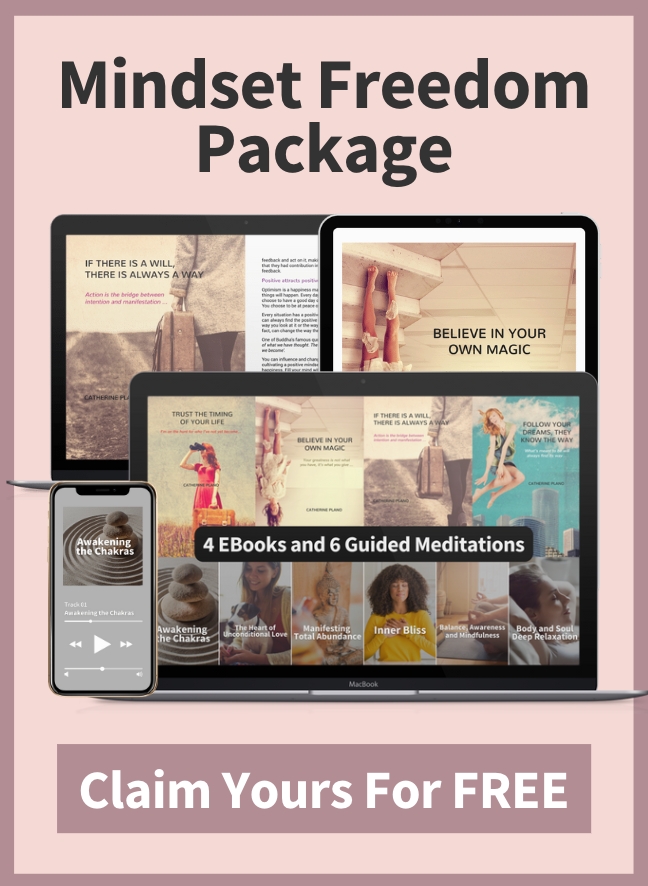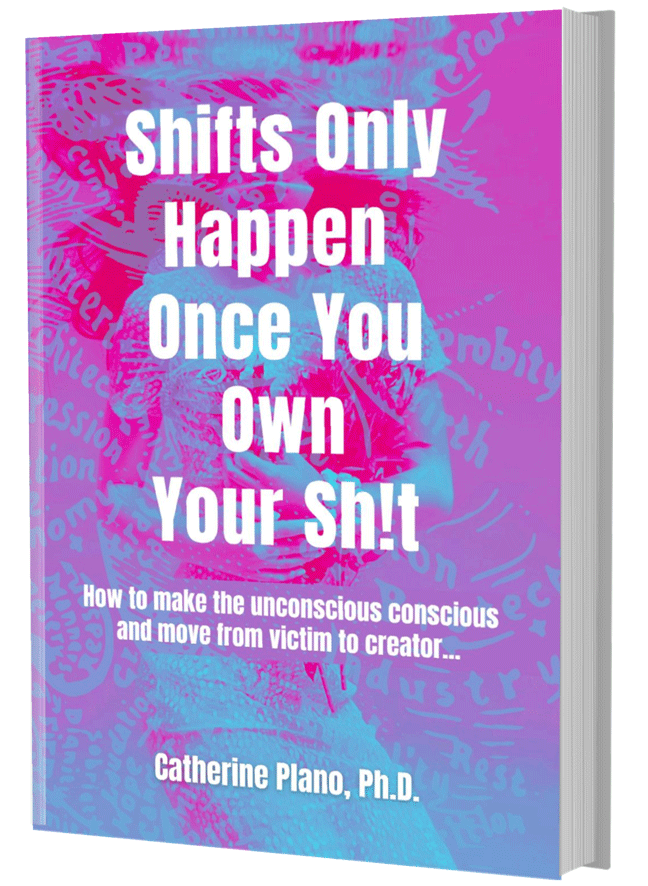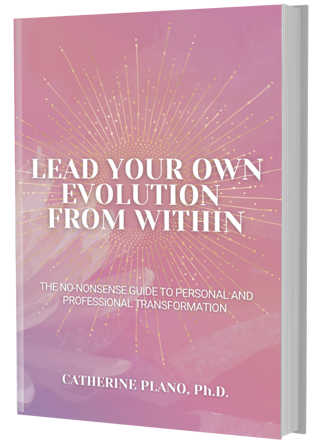To be able to communicate all the essential details about your business in 30 seconds or less is key to capturing new clients.
Did you know that 95% of our buying decisions are made by the unconscious mind? So… how can we tap into the unconscious mind to understand your customer’s behaviours, attitudes and what drives their motivation to buy from you?
Storytelling! That’s how.
The Art of Storytelling for Business
Storytelling is where the brain meets science and marketing – information reaching your client’s unconscious mind forms a deeper connection so that information will be better remembered. All you have to do is to create a marketing message that resonates with your customer’s brain through a deep understanding of how the brain prefers to process information.
Have you ever wondered why?
- Some brands have loyal customers and others don’t
- The highest priced or lowest quality products sometimes outdo their competitors
- Your prospects choose to buy products or services that seem illogical or unrealistic
The unconscious mind drives how you respond to advertisements, brands, products, and ultimately drives all your buying decisions.
Storytelling is an essential component of marketing for your brand.
Why Choose Storytelling?
Why do stories have such power when it comes to influencing your customers?
Humanity has used stories from the beginning of time to connect communities and create movements, from cave drawings to campfire tales. Even in a digital age, stories continue to be committed to memory and passed on from generation to generation.
Fairytales, short tales and mythology link you to history and have taught you specific lessons like The Hare and The Tortoise, which you may incorporate into your real life experience, because you got the message: slow and steady wins the race.
Why stories affect us at an incredibly deep intellectual and emotional level is something that neuroscience is just beginning to understand. Scientists have discovered that fictional stories affected the same region of the brain that reacts when you are engaged in a real-life event.
Stories create a bonding empathy that causes you to strongly identify with the characters, as if you were actually a character. Stories have such an impact because your brain actually gets a little mixed up as to what is real and what is not real.
We know this; our brain
- Cannot easily remember a large amount of data with no context
- Can only hold about seven pieces of information for less than 30 seconds at a time
- Can hold attention for 10 minutes at a time before it tunes out
- Requires to be told the same message over and over, repeatedly so that it remembers, and then can analyse the information to store it into memory
- Is driven by basic primitive instincts for survival
- Is fundamentally tied to emotion
- Is visually orientated, speaks the language of pictures
- Is driven by the senses
- Is influenced by beginnings and endings
This is why Storytelling is a simple and effective process to use. By using visuals to help tell your brand story, you will help your customers immerse in the story, which will trigger an emotive response. Storytelling can – and will – help boost your sales.
How Storytelling Elevates Your Brand
Storytelling will significantly impact your brand by:
- Grabbing attention
- Making it memorable
- Allowing customers to engage emotionally
- And… most importantly, will it drive purchase intent.
Everyone remembers a good story, whether it is a good book, a movie or a personal story. In fact, personal stories and gossip make up 65% of our conversations. Imagine the incredible result you can achieve by working with your biology to deliver a brand story that connects or engages with customers by directly connecting with your customer’s brain.
Our brain becomes more active when we tell stories. Storytelling is one of the most powerful techniques we have as humans to communicate and motivate.
A story is the only way to activate parts in the brain so that a listener turns the story into their own idea and experience.
How Can You Build a Compelling Story?
The emotional hook – all great movies, novels and any really good story has an emotional hook. This means that anything that you have experienced, you can get others to experience the same. By simply sharing your story, you can activate ideas, thoughts and emotions into your audience brain.
Think about it, have you ever read, or heard, or watched a movie to the point where you were so encapsulated by the story that you actually thought you were the main character? How real did it feel? You were going through the same emotions. This is because our brain links stories looking for the cause and effect relationship of something we have experienced.
Have you ever heard a story about someone who overcame great adversity and change? How did that make you feel? Were you inspired? Were you moved? Did that story give you hope and faith that you too can create change and not be afraid?
Let’s give it a go.
An essential first step is to define what emotion you want to evoke from your customer when they are reading your story.
You have 30 seconds to grab your client’s attention and the best way to do that is through emotional triggers or hook to draw them in. So… what emotion do you want them to experience? Is it:
- Excitement
- Happiness
- Hope
- Courage
- Confidence
- Inspiration?
Once you have your emotion it becomes easier. The second part: what personal story can you come up with that will evoke that emotion? Then think of three key points of your story that you want to emphasize on that will intensify that emotion. For example, describe something funny or interesting to communicate. Finish your story with what you learned from your experience and how it ended.
Plan Your Story
Planning is essential when developing a story. Creating a checklist is the best way to move ahead. Here are key questions that you have to answer in order to create a meaningful and successful story:
- What emotion do I want to evoke?
- What story can I relate to the emotion? (When, where and who was involved)
- What three points do I want to focus on?
- What did I learn during my journey? (Lessons learned)
- How am I going to end my story?
Speaking from the heart is the most powerful approach you can take; you will stimulate your audience’s senses so that they can be fully immersed in your story.
To have a great beginning and a triumphant ending when building your story is fundamental to capturing and speaking to your client’s unconscious mind. Repetition is also another way to put your story in the unconscious mind of your audience. In other words, tell them what you will tell them – this is your open. Tell them – this is your body of your story. Tell them what you just told them – reiterate your points with a close.
If you are going to publish your story, a picture to go with your headline will speak a million words. Remember your unconscious mind speaks the language of images. Adding a high-quality photo or banner to your story will attract readers (potential customers) and boost the impact of the entire piece.
Ready to Stand Out from the Crowd Creatively?
When carefully planned and shared from the soul, storytelling can work miracles for your brand or business. We all need to be well aware that our current and potential customers are emotional beings that appreciate a good story just as much as we do.
Wrapping your brand’s identity in a warm, thoughtful or intriguing story with an authentic core is one of the key elements to building engaged followers and transforming them into loyal clients.
What will your story convey?
As seen on Ellevate





